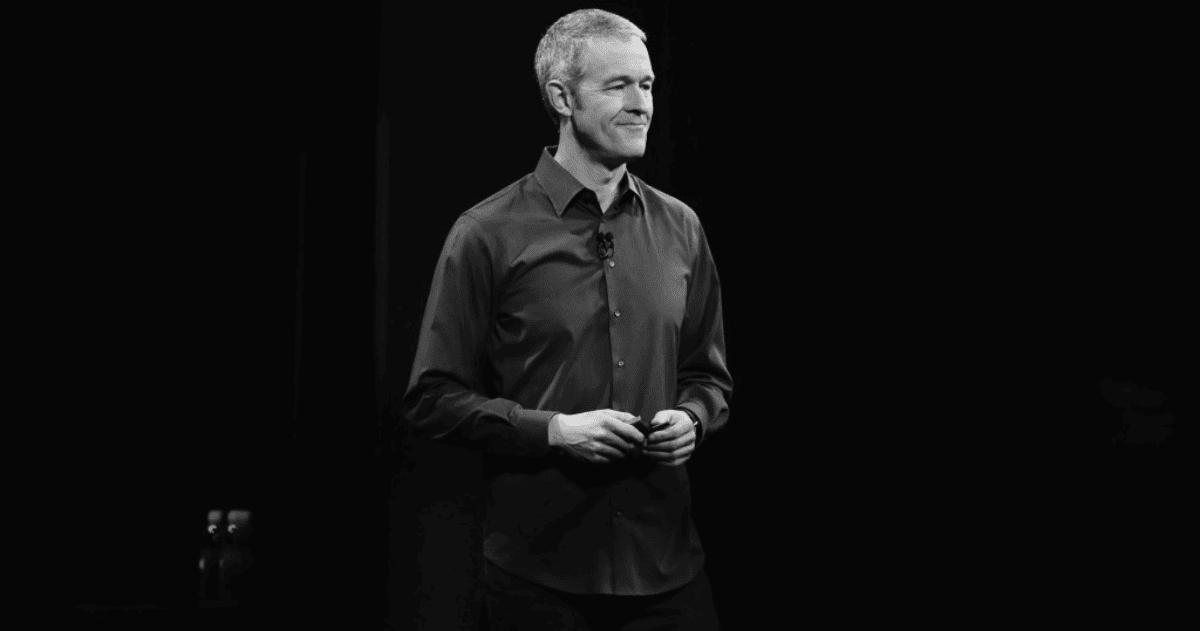Apple’s Chief Operating Officer Jeff Williams, Kevin Lynch, Vice President of Technology and Sumbul Desai, Vice President of Health all sat down for an interview about how heart health became the focus of the Apple Watch (via The Independent).
Apple Watch Heart Health
In one example, Apple’s Heart Study was the biggest study of its kind, only made possible with the Apple Watch (n=400,000+). It looked for signs of atrial fibrillation to not only help people but also improve the Watch’s irregular heart rhythm feature.
Although the Apple Watch had a heart rate monitor from the very beginning, at first it was to give people more accurate step counting. But things changed, and Mr. Williams said it happened organically:
Most people think we had this major health initiative, well, we had some notions in the beginning but no idea where it would lead. And honestly, it’s a situation where we started pulling on threads and the more we pulled, the more we realized there’s such a huge opportunity for us to impact people with the information that’s on their wrist.
He also talks about rumors that the Apple Watch could have a glucose sensor one day, but says it’s a challenge:
Non-invasive sensing of the human body is incredibly challenge [sic]. You mention glucose, people have been talking about non-invasive glucose sensing for decades. I read every year that somebody has a non-invasive glucose sensing monitor ready. And what I’ll tell you is, it’s hard enough detect glucose when you can access the interstitial fluid, it’s way harder to do it with photons. And so, of course, we will be interested in more sensors down the road.
Further Reading:
